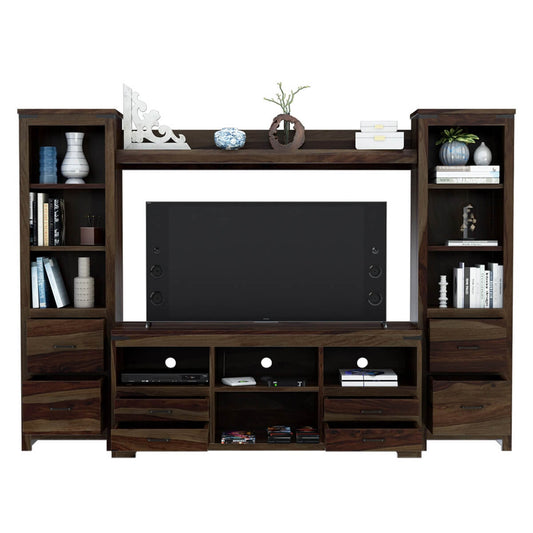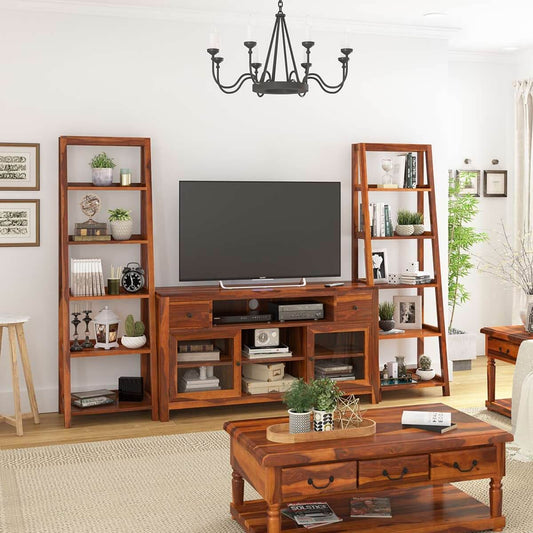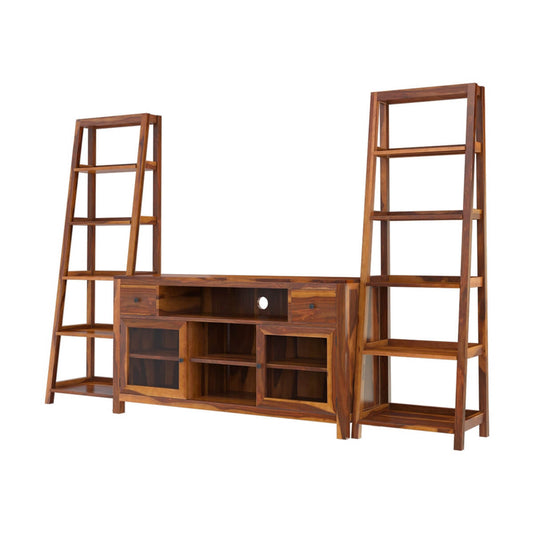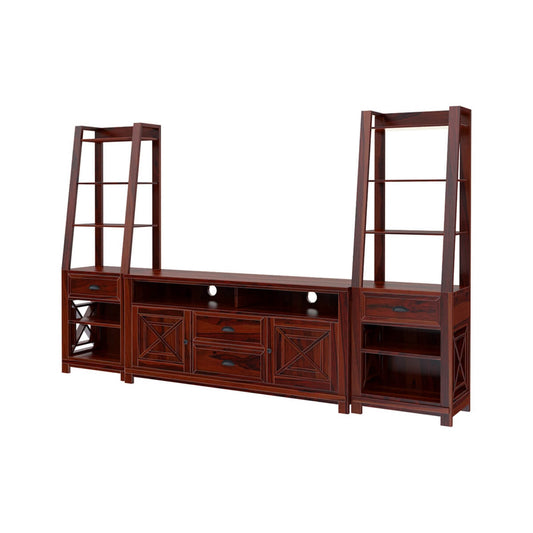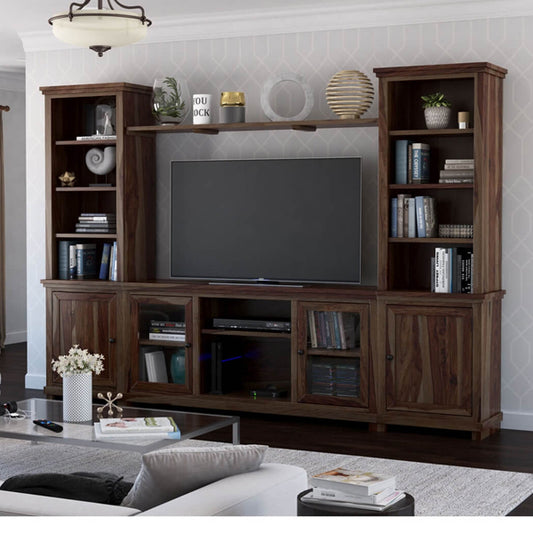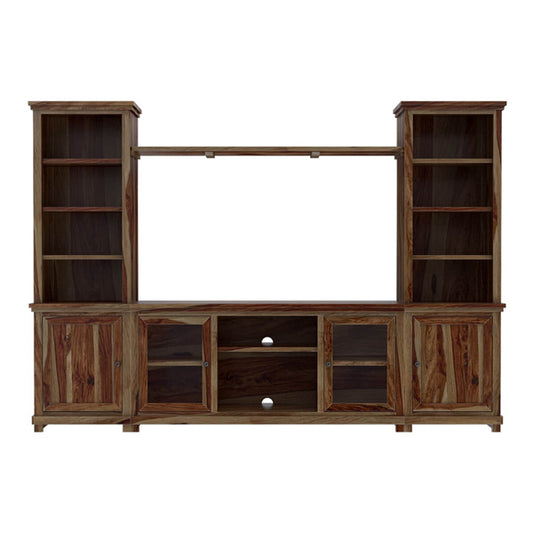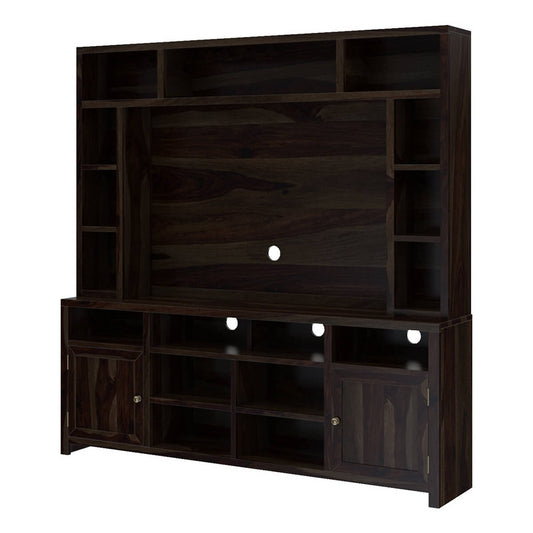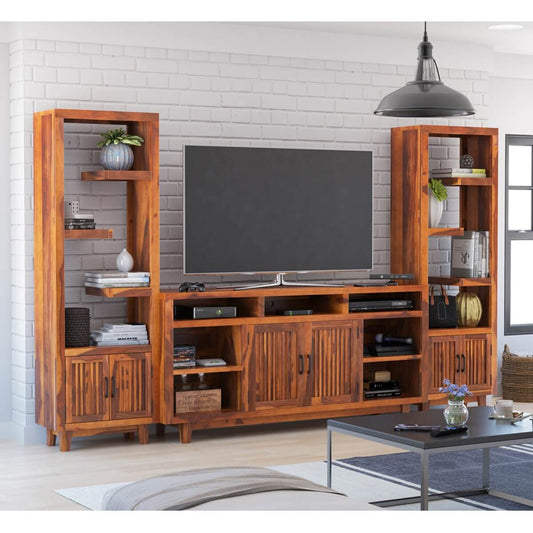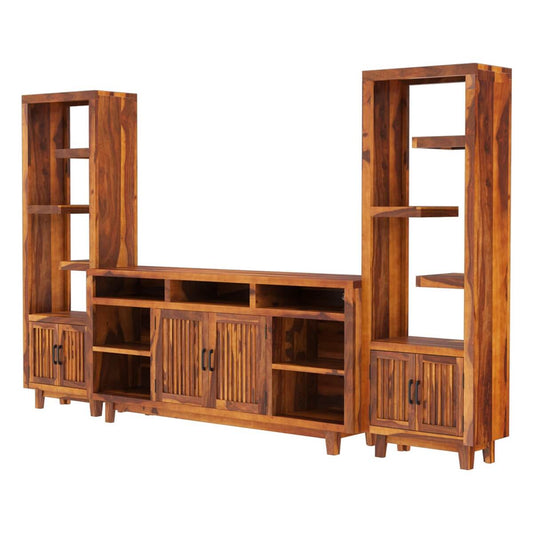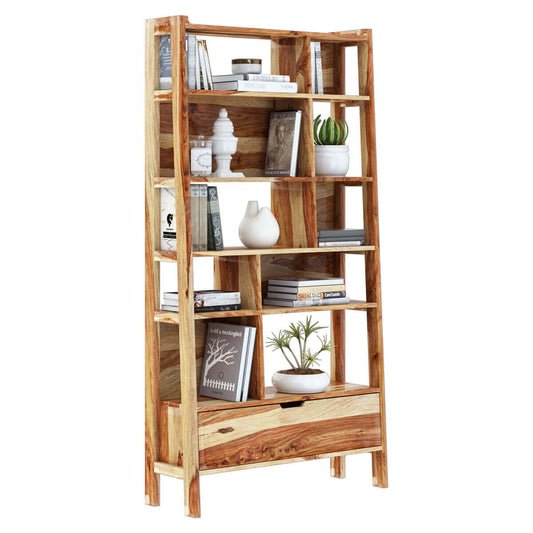TV Shelves
TV shelves are a versatile and practical addition to any living room, offering not only a secure place to mount your television but also a convenient platform for displaying your other essentials. With the increasing popularity of flat-screen TVs, more and more homeowners are opting for TV shelves to create a comfortable and stylish entertainment space. In this article, we will dive into the benefits of TV shelves and explore different styles, materials, and features to help you choose the right one for your home.
Benefits of TV Shelves:
- Space-saving: TV shelves are a great way to free up floor space in your living room, as they allow you to mount your television on the wall, freeing up valuable floor space.
- Organized: TV shelves offer a convenient and organized solution to keep your living room clutter-free. They provide ample storage space for books, CDs, DVDs, photos, and other essentials, so you can keep your living room tidy and organized.
- Decorative: TV shelves come in a variety of styles, materials, and finishes, so you can choose one that matches your interior design. From modern and minimalist to traditional and decorative, there is a TV shelf that will complement your home.
- Versatile: TV shelves are not just for your living room; they can be used in other areas of your home, such as bedrooms, kitchens, and home offices, to create a comfortable and organized space.
Styles of TV Shelves:
- Floating: Floating TV shelves are a popular choice, as they offer a sleek and minimalist look, while also providing ample storage space.
- Corner: Corner TV shelves are a great option if you have limited space, as they make use of an often unused corner in your room.
- Wall-mounted: Wall-mounted TV shelves offer a classic and timeless look, and can be easily adjusted to fit your television.
- Stand-alone: Stand-alone TV shelves are a great option if you have a large living room and want to create a focal point. They offer ample storage space and come in a variety of styles and materials.
Materials of TV Shelves:
- Wood: Wood is a popular choice for TV shelves, as it offers a warm and natural look, and can be easily painted or stained to match your decor.
- Glass: Glass TV shelves offer a modern and sleek look and are great for showcasing your essentials.
- Metal: Metal TV shelves are a great option if you are looking for a more industrial or modern look.
Features of TV Shelves:
- Adjustable Shelving: Adjustable shelving allows you to customize the shelf to fit your essentials.
- Cable Management: Cable management features help keep your cables organized and hidden, for a clean and tidy look.
- LED lighting: LED lighting is a great option if you want to highlight your essentials and create a cozy and inviting atmosphere.
FAQ’s
1. What do you put on a TV shelves?
A TV shelf can be used to display a variety of items that complement your living room decor. Some popular items to put on a TV shelf include books, photographs, vases, artwork, figurines, and other decorative items. It can also be used to store your media collection, such as DVDs, CDs, and video games, as well as electronics components such as cable boxes, game consoles, and sound systems. The shelf can also be used to store everyday essentials, such as remote controls and coasters. By using a TV shelf to display a mix of decorative and functional items, you can create a stylish and organized entertainment Units space in your living room.
2. How high should a TV shelf be?
The height at which a TV shelf is mounted depends on several factors, including the size of the television, the height of the furniture, and the height of the viewers. As a general rule of thumb, the center of the TV screen should be at or slightly below eye level for comfortable viewing. For most people, this means that the TV should be mounted about 42 to 50 inches from the floor. If you have a large screen or a high-backed couch, you may want to mount the TV a bit higher to ensure a comfortable viewing angle. It is also important to consider the height of the furniture that will be used with the TV, such as a TV stand or media cabinet, as you want to ensure that the shelf is positioned at a height that is compatible with this furniture.
3. How is the TV shelf measured?
TV shelves are typically measured in terms of length, width, and height. The length of the shelf refers to the distance from one end to the other and is typically measured in inches or centimeters. The width of the shelf refers to the distance from the front to the back and is also measured in inches or centimeters. The height of the shelf refers to the distance from the top of the shelf to the bottom and is measured in inches or centimeters. When measuring for a TV shelf, it is important to take into account the size of your television and the space available in your living room, as well as the amount of storage space you need for your other essentials
4. Should TV shelves be longer or shorter?
The length of a TV shelf should depend on the size of your television and the space available in your living room. If you have a large television, you will likely need a longer shelf to accommodate it, whereas a smaller television may be able to fit on a shorter shelf. It is important to choose a shelf that is proportional to the size of your television and the space available in your living room, as this will help create a balanced and harmonious look.
5. How long should a shelf above a TV be?
The length of a shelf above a TV can vary based on the size of the TV and the desired look for your living room. A shelf that is too short may look awkward or unbalanced, whereas a shelf that is too long may look oversized
6. What is the best way to store a TV?
The best way to store a TV depends on the size of the TV and the available storage space. Here are some tips for storing a TV:
Cover the TV: Cover the TV with a dust cover or protective sheet to prevent scratches or damage.
Store in a dry place: Store the TV in a dry place away from moisture and humidity, which can cause damage over time.
Avoid extreme temperatures: Do not store the TV in a place that is too hot or too cold, as extreme temperatures can cause damage to the electronics.
Avoid direct sunlight: Avoid storing the TV in a place that is exposed to direct sunlight, as this can cause discoloration or damage to the screen.
Store vertically: If possible, store the TV vertically, as this is the most stable position and can help prevent damage to the screen.
Use foam padding: Place foam padding around the TV to provide extra protection and cushioning during storage.
Label the cables: Label the cables and connections so you know where everything goes when it’s time to set up the TV again.
Store in a protective case: If you are storing the TV for a long period, consider storing it in a protective case to keep it safe from damage.
By following these tips, you can ensure that your TV stays in good condition while it is stored, so you can enjoy a seamless viewing experience when you’re ready to set it up again.
7. What is the best way to store a TV?
The best way to store a TV depends on the size of the TV and the available storage space. Here are some tips for storing a TV:
Cover the TV: Cover the TV with a dust cover or protective sheet to prevent scratches or damage.
Store in a dry place: Store the TV in a dry place away from moisture and humidity, which can cause damage over time.
Avoid extreme temperatures: Do not store the TV in a place that is too hot or too cold, as extreme temperatures can cause damage to the electronics.
Avoid direct sunlight: Avoid storing the TV in a place that is exposed to direct sunlight, as this can cause discoloration or damage to the screen.
Store vertically: If possible, store the TV vertically, as this is the most stable position and can help prevent damage to the screen.
Use foam padding: Place foam padding around the TV to provide extra protection and cushioning during storage.
Label the cables: Label the cables and connections so you know where everything goes when it’s time to set up the TV again.
Store in a protective case: If you are storing the TV for a long period, consider storing it in a protective case to keep it safe from damage.
By following these tips, you can ensure that your TV stays in good condition while it is stored, so you can enjoy a seamless viewing experience when you’re ready to set it up again.
8. How do I make my shelves look elegant?
To make your shelves look elegant, choose a neutral color palette and illuminate them with lightings such as LED strip lights or spotlights. Group items in odd numbers and incorporate decorative objects like vases and picture frames. Use appropriate shelving, such as floating or glass shelves for a modern look or decorative wooden shelves for a traditional look. Keep your shelves free of clutter and dust to maintain a clean appearance and achieve a simple, organized, and attention-to-detail aesthetic.
9. What are the materials used for making TV shelves?
TV shelves can be made from a variety of materials, including wood, glass, metal, and engineered wood products. Wooden TV shelves, such as those made from solid oak or walnut, provide a classic and natural look. Glass shelves offer a modern and sleek appearance, while metal shelves provide a contemporary and industrial look. Engineered wood products, such as MDF or particle board, offer a budget-friendly option and can be painted or finished to match any decor style. The choice of material for TV shelves depends on personal taste, budget, and the overall style of the room.


